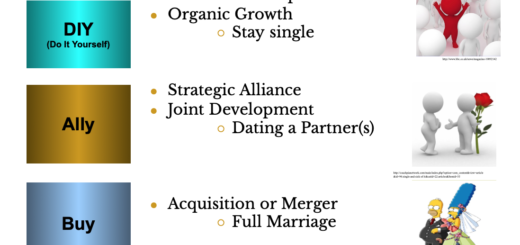Best practice in HRM
Best practice in Human Resource Management (HRM) refers to a set of practices and strategies that have been proven to be effective in achieving organizational goals and objectives, as well as promoting the development and engagement of employees. Best practice in HRM is based on research and evidence and is constantly evolving to keep up with changes in the business environment.
Some examples of best practices in HRM include:
- Recruitment and Selection: Adopting fair and transparent recruitment and selection processes, using job analysis and assessment methods to ensure that candidates are matched to the job requirements and organizational culture.
- Performance Management: Establishing clear and measurable performance standards, providing regular feedback and coaching to employees, and linking performance to rewards and career development opportunities.
- Training and Development: Providing opportunities for employees to develop their skills and knowledge through training, mentoring, and coaching programs.
- Employee Engagement: Promoting employee engagement and motivation through effective communication, recognition and rewards, and work-life balance initiatives.
- Diversity and Inclusion: Promoting diversity and inclusion in the workplace through policies and practices that foster a culture of respect, fairness, and equity.
- Employee Benefits: Offering competitive employee benefits and compensation packages to attract and retain talented employees.
Overall, best practices in HRM are designed to create a positive work environment where employees can thrive, achieve their full potential, and contribute to the success of the organization. By adopting these practices, organizations can improve their competitiveness, attract and retain top talent, and achieve their strategic objectives.


